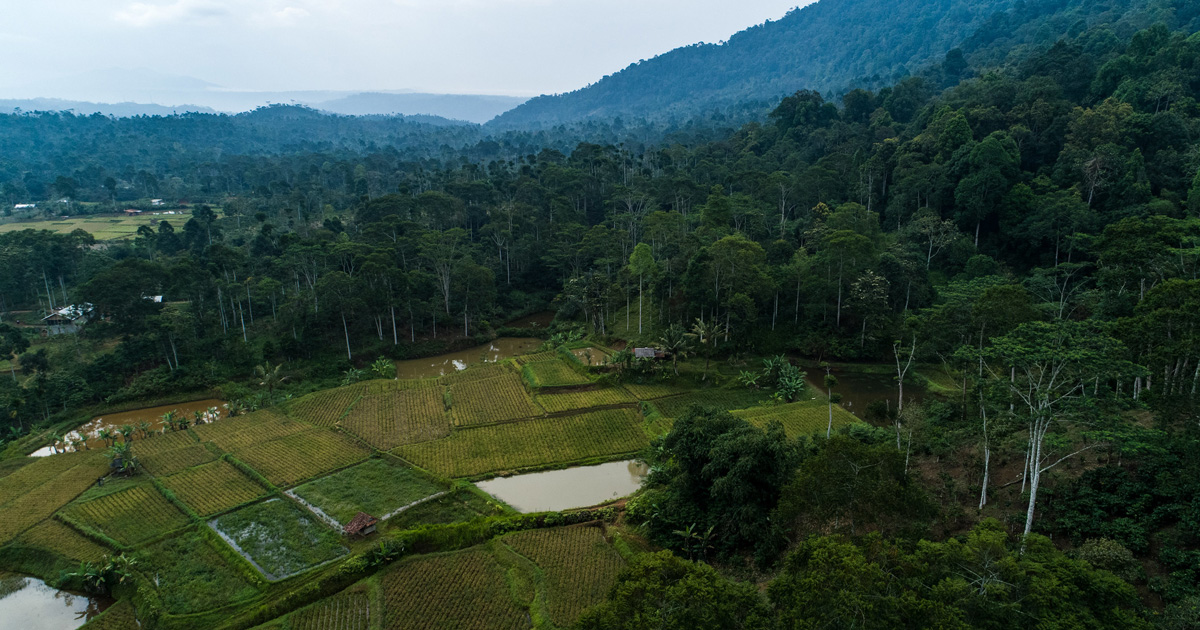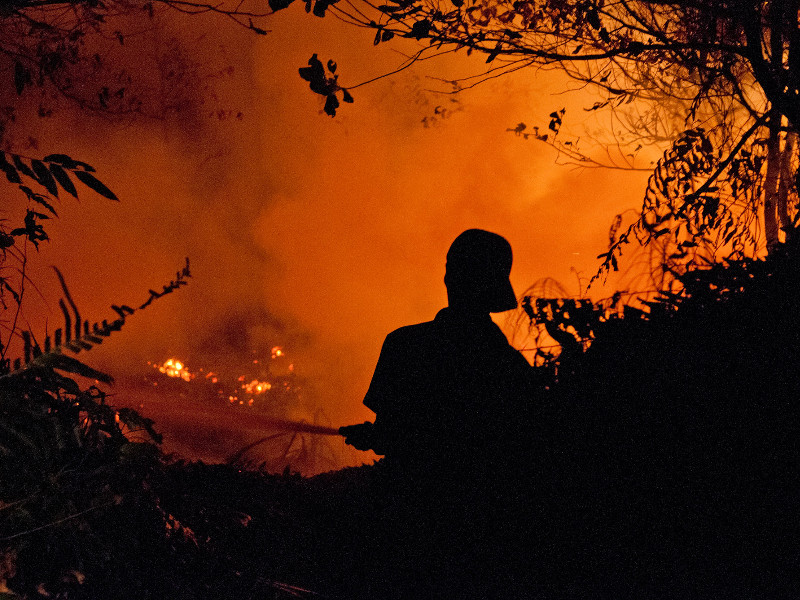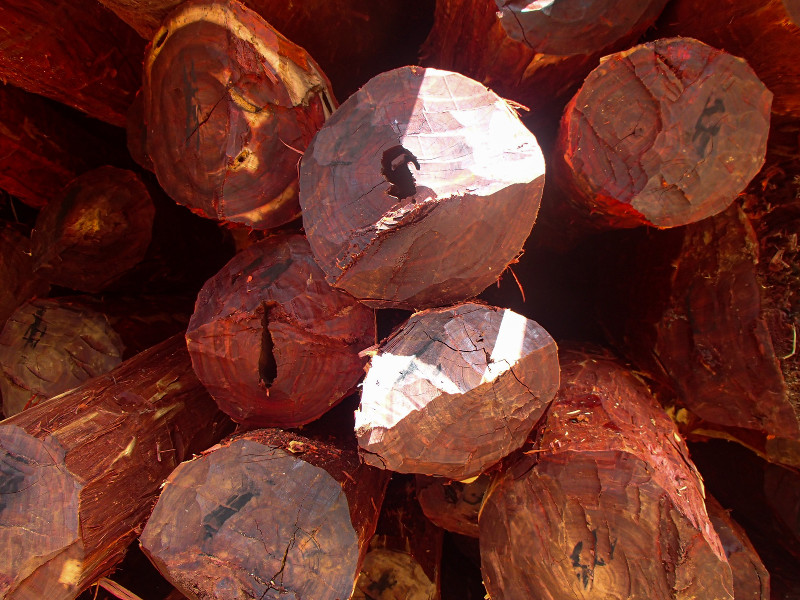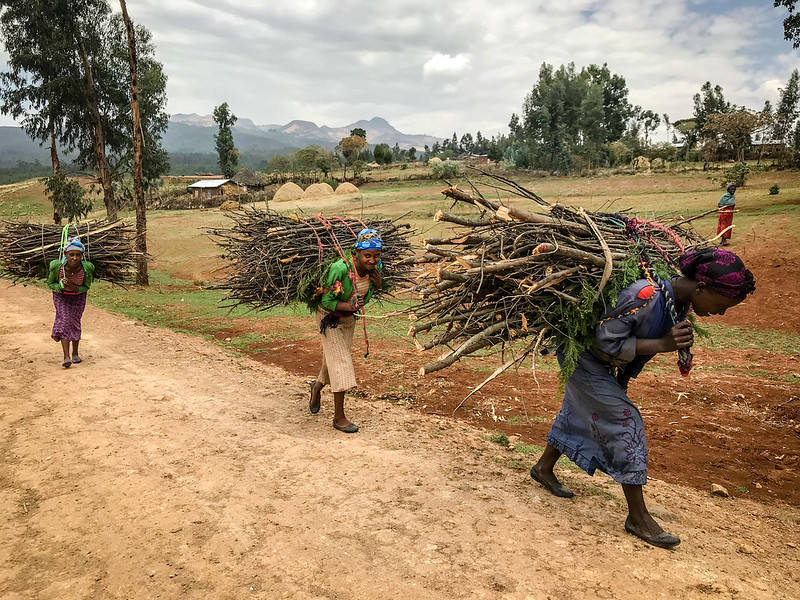Research into pyrogenic carbon emissions in the temperate belt of the Russian Federation has traditionally focused on the impact of forest fires. Nevertheless, ecosystems in which wildfires also make a significant contribution to anthropogenic CO2 emissions are poorly studied. We evaluated the carbon emissions of fires in the non-forest ecosystems of the Middle Amur Lowland, in the Khabarovsk Territory of the Russian Federation. Our study is based on long-term Earth remote sensing data of medium spatial resolution (Landsat 5, 7, and 8) and expeditionary studies (2018–2021). The assessment of carbon directly emitted from wildfires in meadow and meadow–mire temperate ecosystems in the Middle Amur lowland shows that specific emissions from such ecosystems vary, from 1.09 t/ha in dwarf shrub–sphagnum and sphagnum–ledum and sedge–reed fens to 6.01 t/ha in reed–forb, forb, reed, and sedge meadows. Meanwhile, carbon emissions specifically from fires in meadow and meadow–mire ecosystems are less significant—often an order of magnitude less than carbon emissions from forest fires (which reach 37 tC/ha). However, due to their high frequency and the large areas of land burned annually, the total carbon emissions from such fires are comparable to annual emissions from fires in forested areas. The results obtained show that the inadequacy of the methods used in the automatic mapping of burns leads to a significant underestimation of the area of grassland fires and carbon emissions from non-forest fires.
Download:
DOI:
https://doi.org/10.3390/rs14051197
Altmetric score:
Dimensions Citation Count:

























